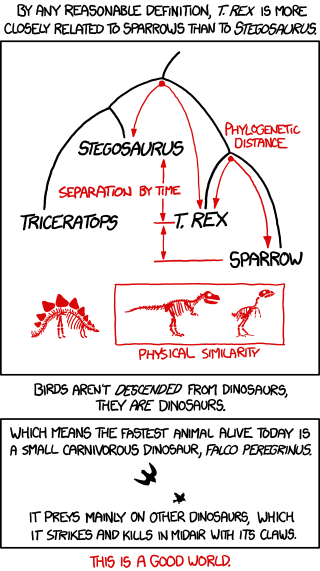Vernal Pool Amphibians
In that post, I focused the first section on the spring peeper, saying it is one of the first frogs that can be heard calling in the spring. That's true, but it is not the first—that honor goes to the wood frog, Lithobates sylvaticus, which sometimes migrates to breeding pools as early as late January. Wood frogs are shortly joined by spring peepers, then western chorus frogs by late February. I mentioned that spring peepers are one of a few frogs that survive winter by freezing solid; the wood frog is another. The western chorus frog, gray treefrog, and Cope's gray treefrog also have this ability, which makes five species in Ohio that use this strategy. They all have cryoprotectants in their tissues, those special proteins and sugars I mentioned that act as antifreeze.
By mid-April, the wood frogs have abandoned the pools and their duck-like quacking is no longer heard. They are already done calling this year (which is why I did not include them), but the spring peepers, chorus frogs, and gray treefrogs can still be heard.
A representative from Ohio’s other amphibian order also visits Blacklick’s vernal pools: the spotted salamander, Ambystoma maculatum. Being in the family known as mole salamanders, spotted salamanders spend most of their adult lives under ground. With the first warm spring rains, they migrate by night to vernal pools in droves. Some of the six-inch salamanders might travel up to a mile, risking predators and cars along the way. Fortunately, they have two super cool tricks in their defensive repertoire (which might deter predators, but unfortunately are useless against cars). The first is hinted at by their colors: yellow spots on black—that’s aposematism (ap-uh-SEM-uh-tiz-um), or warning coloration. They’re letting you know that their skin is full of poison glands, from which they can discharge a milky, toxic slime when threatened. The second is caudal autotomy (aw-TOT-uh-mee), or self-amputation of the tail. When grabbed by the tail, a salamander can simply drop it and run, leaving a would-be predator with a mouth full of wriggling tail to distract it. They won’t shed too many tears over their lost tail though, because in a few months they’ll have grown a new one, albeit not as pretty as the original. Limbs can also be regrown, but this is a longer process, and the salamander doesn’t autotomize these. Salamanders are the only vertebrates that can regenerate limbs.
When the salamanders reach the pools, it’s a mating frenzy! Males dance around females, guiding them to their spermatophores (sperm packets). Females use these to fertilize their eggs, which they attach to submerged branches. The egg clusters swell with water into fist-sized masses, and this is where things get interesting. Close inspection of the eggs might reveal flecks of green inside them. The culprit is an alga, Oophila amblystomatis (“mole salamander egg-lover”).
But don’t worry, this alga is no parasite. It helps the eggs, and vice versa. The alga, being a photosynthetic organism, takes in carbon dioxide released by the embryo and produces oxygen, which the embryo needs. Salamander eggs with algae in them develop faster than eggs with no algae. And it goes further than just entering the eggs. It enters the cells of the salamander embryos, living inside of them in a mutualistic relationship, providing them with oxygen derived from energy from the sun… We’re talking about solar-powered salamanders! If that’s not cool, I don’t know what is.
Nesting Raptors
Remember how I said birds are dinosaurs? I just want to add this comic from xkcd.com.
 |
| From xkcd.com [license] |
Wildflowers
This is the yellow trout lily colony by Ashton Pond at Blacklick Woods. The editor cut this photo from the Metro Parks Blog post. And okay, maybe it's not the best, but gosh darn it, I got poison ivy taking this photo, and I will have it be seen!
This is one of the flowers I mentioned that has its seeds dispersed by ants. The name of this process is one of my favorite words: myrmecochory (mur-mi-KOK-uh-ree). Despite the way it sounds, it has nothing to do with cockiness by mermaids, just seed dispersal by ants. Flowers that rely on myrmecochory are said to be myrmecochorous. And the protein-rich, fleshy attachments that make the seeds attractive to ants? Those are called elaiosomes (ih-LAI-uh-sohms).
See, isn't that better? Yes, yes it is. Life is better with big words.



No comments:
Post a Comment